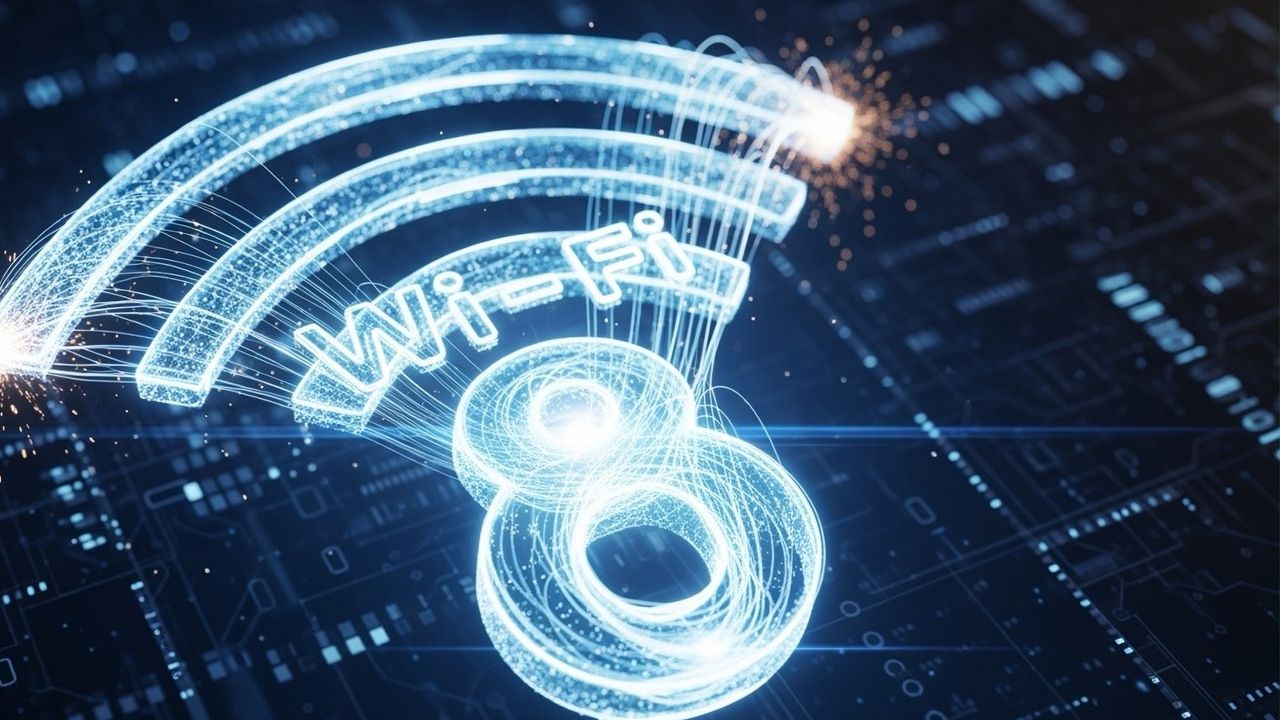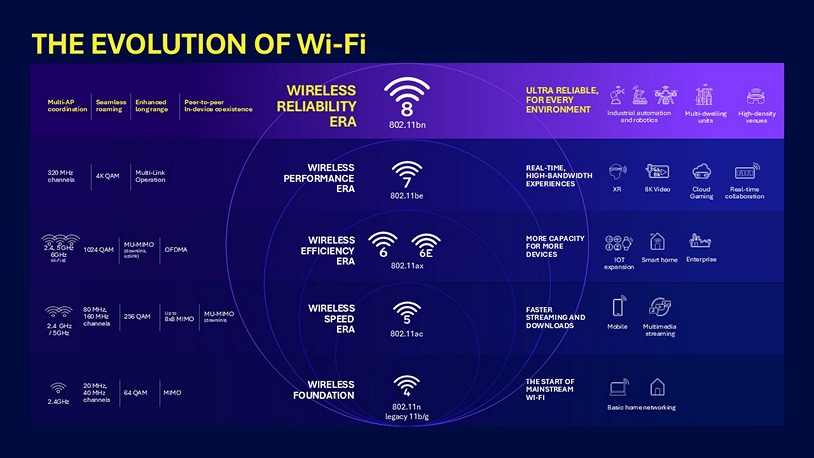
Wi-Fi 7 routers are just growing in popularity, but that hasn’t stopped TP-Link marching towards Wi-Fi 8. The company has confirmed that an early prototype has been successfully tested, which is a huge milestone in its development towards a public launch.
Back in July, Qualcomm broke down the aims of Wi-Fi 8 for stability and reliability. But this is the first time this tech has been tested, and following the success, I can’t wait to see a peak data rate of 23Gbps spread across my many devices at home.
The benefits are huge for AI systems, XR devices, and high-density environments like apartment blocks. Ever had that frustration in a stadium where you’re technically on a network, but getting no data? Yea, this would fix that.
What is Wi-Fi 8?

While most odd-numbered generations of Wi-Fi focus on speed boosts, even-numbered versions focus on improving reliability and efficiency, and that much is true with Wi-Fi 8. The focus is Ultra High Reliability (UHR) — aiming for consistent performance over the maximum peak speed Wi-Fi 7 brought to the table.
This is done through enhancing the range, co-ordinating multiple access points like in a mesh network, and optimizing the use of available spectrums to improve performance in low signal environments or places with a lot of network activity. Because think about it, the amount of devices around your home requiring a Wi-Fi connection has multiplied in recent years.
So focusing on the reliability is critical for assuring things like lag-free gaming and lower latency streaming without freezes — even eliminating call drops and the classic “robot voice” you hear in Zoom chats.
When will we see Wi-Fi 8?
Announced in July, the far less catchy name you may hear is “IEEE 802.11bn,” which is a signifier that it’s a new standard that’s pending ratification by the Institute of Electrical and Electronics Engineers (IEEE). That’s expected to happen in 2028.
But just because it’s not signed off by the IEEE yet doesn’t mean you’ll have to wait until it does. For example, the institute ratified Wi-Fi 7 in early 2024, but there were already devices in the market by early 2023.
So with this timeline in mind, I’d keep an eye out towards CES 2026 for maybe some teasers, and a couple launches in early 2027.
Follow Tom's Guide on Google News and add us as a preferred source to get our up-to-date news, analysis, and reviews in your feeds. Make sure to click the Follow button!







